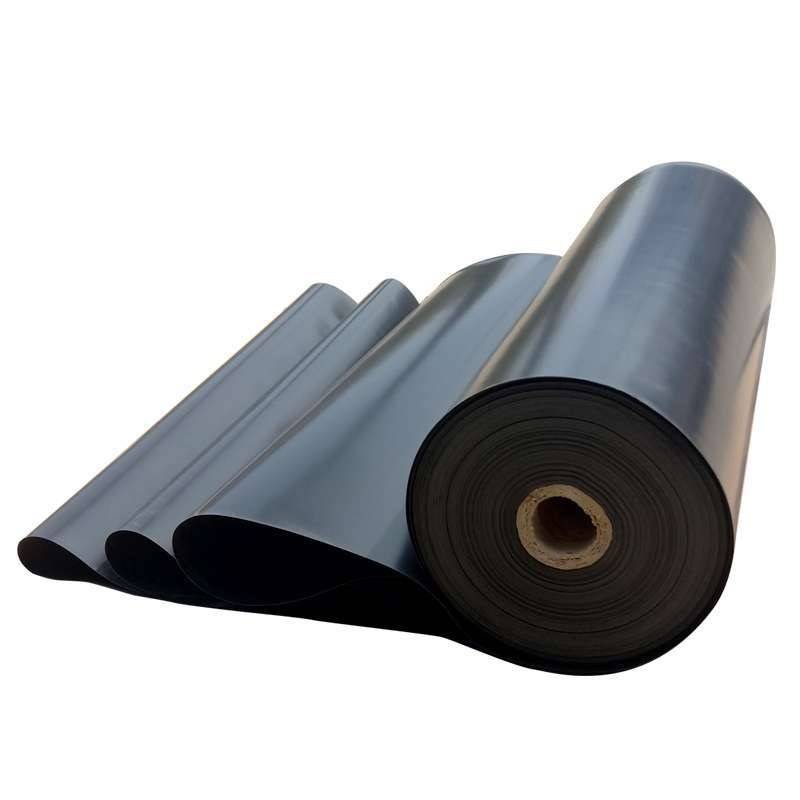close
Choose Your Site
Global
Social Media
Views: 0 Author: Site Editor Publish Time: 2023-05-01 Origin: Site








When it comes to geomembranes, strength is a crucial factor. But what makes one geomembrane stronger than another? Let's dive into the key factors and compare different types of geomembranes to find out.
The material used in manufacturing a geomembrane plays a significant role in its strength. Common materials include high-density polyethylene (HDPE), low-density polyethylene (LDPE), polyvinyl chloride (PVC), and ethylene propylene diene monomer (EPDM). Each material has unique properties that affect its durability and resistance.
Does thickness matter? Yes, it does. Thicker geomembranes generally offer better puncture resistance and tensile strength. However, they can be more challenging to install.
Tensile strength refers to the maximum stress a material can withstand while being stretched or pulled before breaking. Higher tensile strength means the geomembrane can handle more stress without tearing.
Puncture resistance is another critical factor. It measures how well the geomembrane can resist being punctured by sharp objects. This property is essential for applications where the membrane will be exposed to rough or uneven surfaces.
Environmental stress cracking resistance indicates how well a geomembrane can withstand environmental stresses like temperature changes, UV exposure, and chemical interactions over time. A higher ESCR means longer-lasting performance under harsh conditions.
HDPE is known for its high tensile strength and excellent puncture resistance. It also has good chemical resistance and long-term durability. HDPE is often used in landfill liners, mining operations, and water containment projects.
Pros:
High tensile strength
Excellent puncture resistance
Good chemical resistance
Cons:
Can be challenging to install due to stiffness
LDPE offers greater flexibility compared to HDPE but with slightly lower tensile strength and puncture resistance. It's easier to install and works well for smaller projects or where flexibility is needed.
Pros:
More flexible than HDPE
Easier installation
Cons:
Lower tensile strength compared to HDPE
PVC geomembranes are highly flexible and easy to weld, making them suitable for complex installations. They have moderate tensile strength but excellent puncture resistance.
Pros:
Highly flexible
Easy welding process
Cons:
Moderate tensile strength
EPDM membranes are extremely flexible even at low temperatures. They offer good puncture resistance but have lower tensile strength compared to HDPE.
Pros:
Extremely flexible
Good puncture resistance
Cons:
Lower tensile strength than HDPE
So, what is the strongest geomembrane? If we consider overall tensile strength, puncture resistance, and durability under various conditions, HDPE stands out as the strongest option. However, it's essential to choose a geomembrane based on your specific project requirements. Flexibility might be more critical for some applications, making LDPE or PVC better choices despite their lower tensile strengths.
In summary:
HDPE: Best for high-strength needs.
LDPE: Great for flexibility.
PVC: Ideal for complex installations.
EPDM: Excellent flexibility at low temperatures.
By understanding these factors and comparing different types of geomembranes, you can make an informed decision that best suits your project's needs.